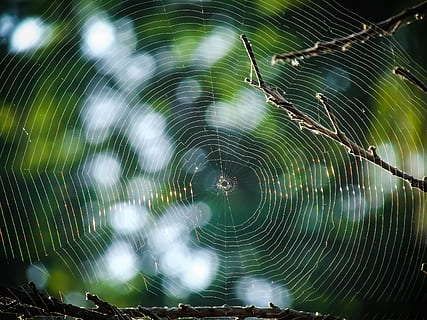Survival Garden Layout
Growing a survival garden is an important part of being prepared in case of natural disasters, power outages, or other disasters. Planting a survival garden will help you be self sufficient with food and can offer you a sense of security and peace of mind. Here we will discuss the layout and design of a survival garden and how to make it the most practical for the space you have and the climate you live in.
Choosing a Site for the Garden
Choosing the right place for your survival garden is the first step. You want to choose a spot that gets plenty of sunlight and is easily accessible—you will need to be able to reach tools and supplies quickly and easily, as well as being able to access the garden in the event of a disaster. Avoid low-lying areas, as these can be prone to flooding. If possible, choose a spot that has some protection from the wind.
Garden Layout
Layout is important when creating a survival garden. You want to make sure that you utilize the space you have to maximize the amount of vegetables you can grow. It also helps to create efficient systems to help you tend to your garden and ensure that you are optimizing the growth of your plants. Here are some tips for efficient garden layout:
- Create separate beds for different types of vegetables, such as root vegetables and leafy greens.
- Group plants according to cultivation needs, such as those that need full sun, shade or partial shade.
- Maximize space by planting vegetables that grow on trellises or vines up against a fence, wall or other vertical surface.
- Include paths in between beds to provide safe footing and easy access to the plants.
- If possible, use raised beds to help with drainage.
Choosing Plants
When choosing the plants for your survival garden, pick ones that thrive in your region and season. Consider plants that will yield high yields, such as tomatoes, squash, and peppers. Also, look for plants that are low maintenance, easy to grow, and can store well. Some great options include onions, garlic, potatoes, and carrots. In addition, try to include some herbs for flavoring, as well as beneficial flowers for a natural form of pest control.
Conclusion
Creating a survival garden is a worthwhile investment. Taking the time to plan out your layout and choose the best plants for your climate and region will make for a successful and self sustaining garden. By following the tips in this article, your survival garden will be ready in no time.



